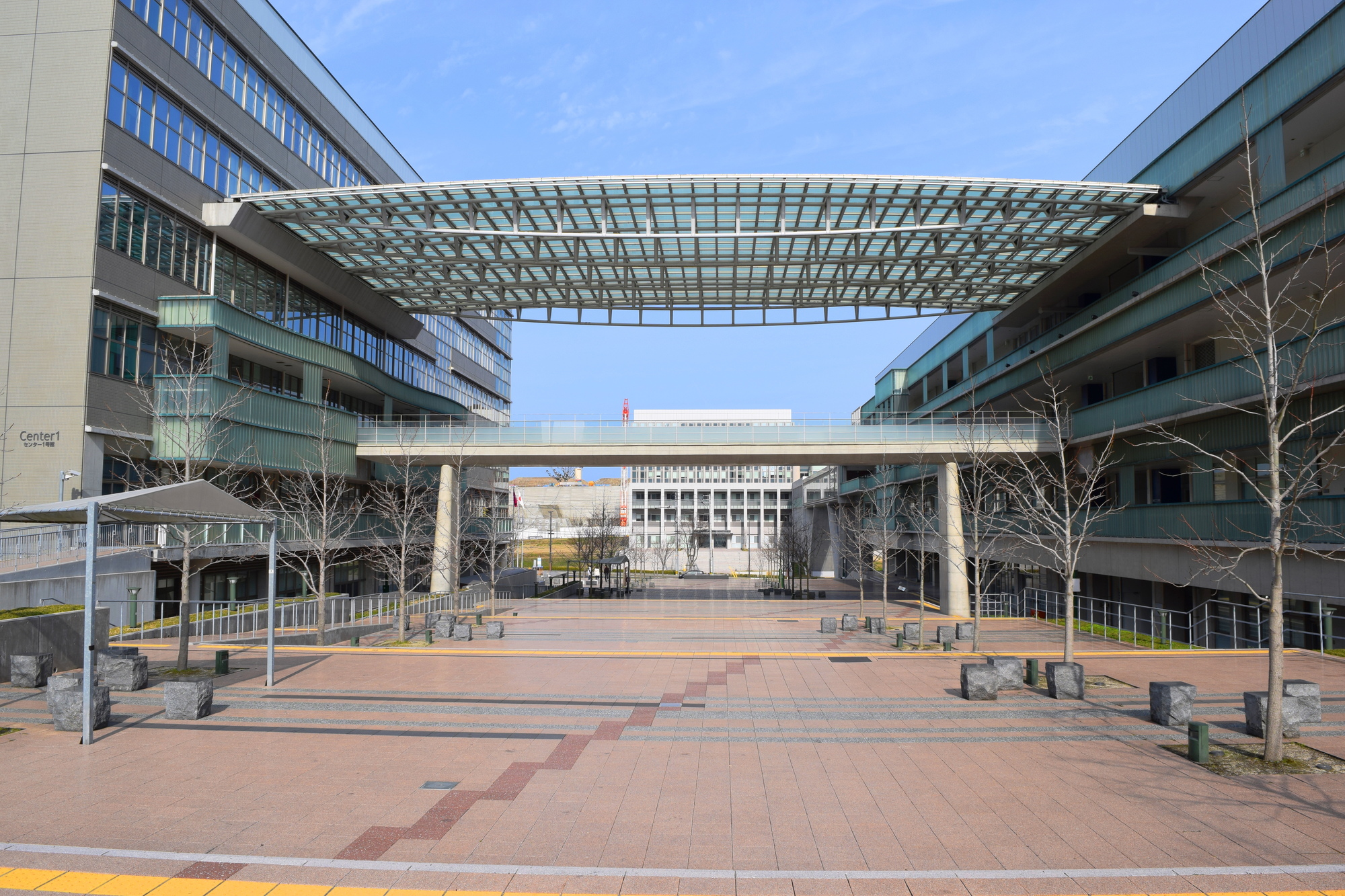Like various physical phenomena, the Earth's climate is made up of a balance of energy balances.Greenhouse gases such as carbon dioxide and fine particles (aerosols) such as PM2.5, which is also an air pollutant, are known as substances that disturb this balance.Carbon dioxide floats in the atmosphere for decades, but aerosols have a short lifespan, so if aerosol emissions can be controlled well, it is expected that immediate climate change and air pollution can be mitigated at the same time.
Under such circumstances, Professor Toshihiko Takemura of the Institute of Applied Mechanics, Kyushu University and Associate Professor Kentaro Suzuki of the Atmosphere and Ocean Research Institute of the University of Tokyo found that changes in the global average surface temperature with respect to the collapse of the energy balance differ greatly depending on the chemical composition of the aerosol. Was clarified.
Typical aerosols are sulfate, which is a "white" aerosol, and black carbon, which is a "black" aerosol.Sulfate scatters sunlight to cool the atmosphere, and black carbon absorbs sunlight to heat the atmosphere. Therefore, simply thinking, it is expected that the temperature rise will be suppressed by reducing the amount of black carbon emitted.
However, this time, using the software MIROC-SPRINTARS that can calculate the climate change due to aerosol, when the temperature change when the emission amount increases or decreases within a realistic range is calculated, the temperature change due to the emission amount change becomes sulfate. In comparison, black carbon was shown to be considerably smaller.In the case of sulfate, the collapse of the energy balance is increased through the role of cloud condensation nuclei, while in the case of black carbon, a mechanism to eliminate the collapse of the energy balance in the atmosphere works.In other words, it was suggested that mitigation of global warming by reducing black carbon emissions may not be effective.
It can be said that the results of this research will be important findings for formulating optimal simultaneous mitigation measures for climate change and air pollution.
Paper information:[Scientific Reports] Weak global warming mitigation by reducing black carbon emissions


